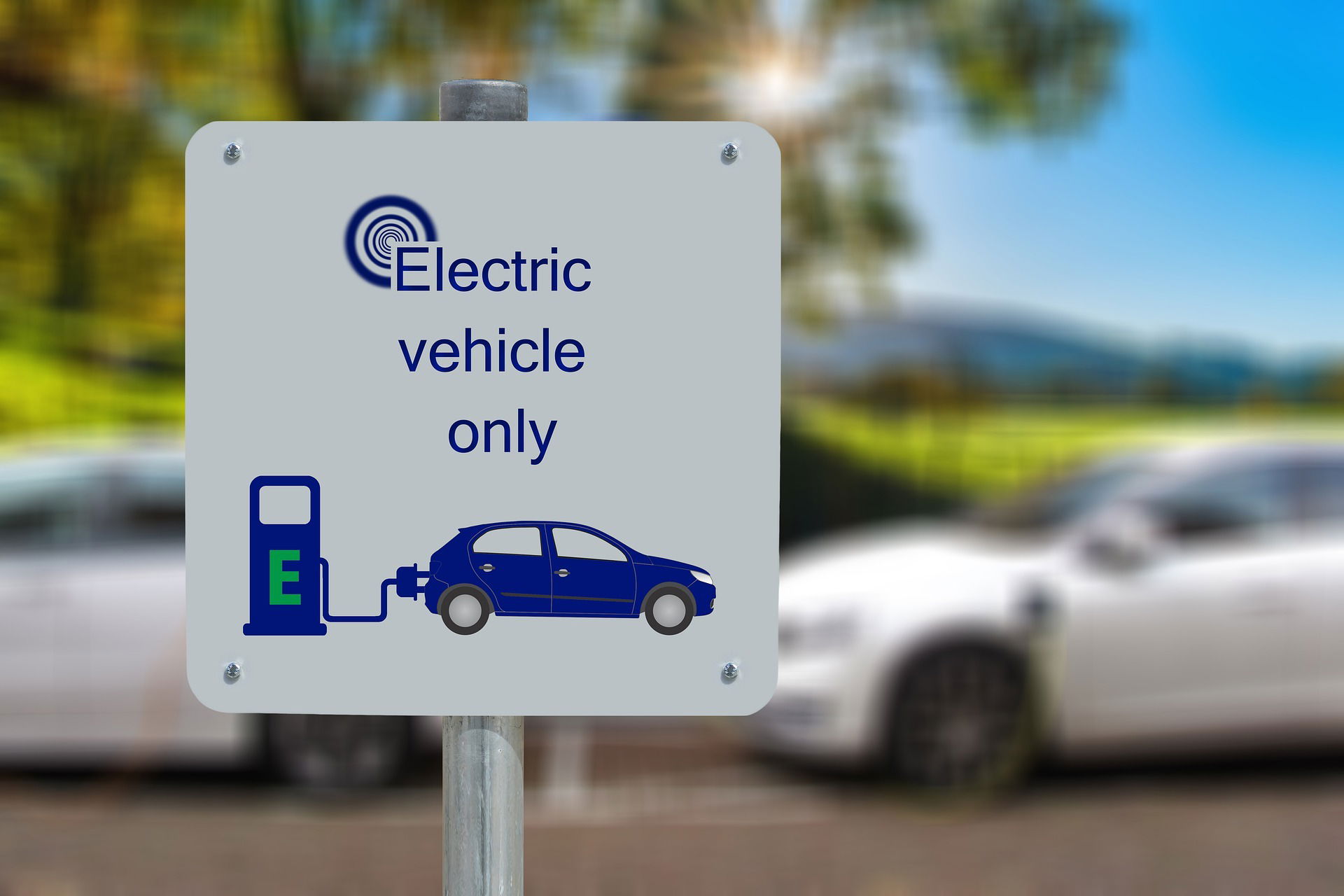The U.S. Senate’s recent vote to repeal California’s ban on new gas-powered car sales by 2035 is more than just a political skirmish over environmental policy. It is a microcosm of the broader tensions shaping America’s future. At stake are fundamental questions about federal versus state authority, the feasibility of rapid decarbonization, and the economic consequences of technological disruption.
The move to overturn California’s regulation, which was set to phase out internal combustion engine (ICE) vehicles in favor of zero-emission alternatives, reveals deep ideological divides, industry lobbying power, and the precarious balancing act between environmental urgency and economic pragmatism.
See also:
Federalism Under Fire: Who Decides Environmental Policy?
California has long been a laboratory for progressive environmental regulation, leveraging its unique legal authority under the Clean Air Act to set stricter emissions standards than the federal government.
This "waiver" privilege, granted due to the state’s severe air pollution challenges, has allowed it to pioneer policies like the 2035 ICE ban—a model subsequently adopted by over a dozen other states.
The Senate’s push to revoke this authority challenges the long-standing tradition of states acting as "policy incubators," raising constitutional questions about the limits of federal preemption.
Critics of the Senate’s vote argue that it undermines states’ rights, a principle traditionally championed by conservatives. By invoking the Congressional Review Act (CRA) to nullify California’s rule, Congress is asserting federal supremacy over an area historically delegated to states.
This creates a paradox: Republicans, who often advocate for decentralized governance, are now centralizing power to block a state-led initiative, while Democrats, typically proponents of strong federal oversight, are defending California’s autonomy. The irony underscores how partisan priorities often override consistent principles of governance.
The Economic Battle: Automakers, Unions, And Energy Interests

Beneath the surface of environmental rhetoric lies a fierce economic struggle. The auto industry is deeply divided on electrification. Legacy automakers like Ford and GM have invested billions in EVs, betting on regulatory trends, while others, particularly Toyota and Stellantis, have resisted full commitment, citing consumer reluctance and infrastructure gaps. The Senate’s vote reflects this schism, with lobbying efforts from oil companies, dealership associations, and manufacturing unions playing a pivotal role.
The United Auto Workers (UAW), for instance, has expressed concerns that aggressive EV mandates could jeopardize jobs, as electric vehicles require fewer parts and less labor to assemble. Meanwhile, energy companies see the ICE ban as an existential threat to gasoline demand. The Senate’s intervention aligns with these economic interests, suggesting that the vote was as much about protecting industrial incumbents as it was about opposing regulatory overreach.
Conversely, the repeal risks destabilizing long-term industry planning. Automakers have relied on California’s rules as a predictable signal to guide investments. By introducing uncertainty, Congress may inadvertently slow EV adoption while failing to halt it entirely, given that global markets and corporate sustainability pledges are already steering the industry away from fossil fuels.
Can The U.S. Afford To Slow Down?

Climate scientists warn that delaying the transition to zero-emission vehicles could jeopardize U.S. emissions targets. Transportation accounts for nearly 30% of greenhouse gas emissions, and California’s ban was seen as a critical lever to curb this output. Opponents of the Senate’s move argue that federal inaction exacerbates climate risks while ceding clean-tech leadership to China and Europe, where EV adoption is accelerating.
However, proponents of repeal counter that California’s mandate was unrealistic. Charging infrastructure remains uneven, EV prices are still prohibitive for many households, and the electrical grid may not be ready for mass electrification. A slower, market-driven transition, they argue, would prevent backlash and ensure affordability. Yet this stance ignores the role of policy in shaping markets—without regulatory pressure, critics contend, the industry has little incentive to prioritize sustainability over short-term profits.
The Senate vote is also a strategic political maneuver. By forcing Democrats to defend California’s ban, Republicans aim to paint the left as out of touch with working-class voters worried about car costs and energy reliability. The issue could galvanize key constituencies in swing states like Michigan and Ohio, where auto manufacturing remains central to the economy.
For the Trump administration, the repeal presents a dilemma. While the former president championed EV adoption through federal tax credits and infrastructure spending, overturning California’s rule could fracture Democratic unity, pitting climate activists against moderates wary of alienating industrial workers.
A veto of the Senate’s resolution seems likely, but the battle will spill into courts and future elections, ensuring that the debate over America’s automotive future remains unresolved.
The U.S. Senate voted 51 to 44 to revoke California’s waiver that allowed the state to enforce a ban on the sale of new gas-powered cars by 2035. The resolution now heads to the White House, where President Trump is expected to sign it into law. However, California officials, including Governor Gavin Newsom, have indicated they will likely sue to keep the rules in place. If legal challenges proceed, the final outcome could still be uncertain.
A Nation At A Crossroads

The Senate’s vote to repeal California’s gas-car ban encapsulates the larger struggle over how—and how quickly—the U.S. should confront climate change, economic transformation, and federal-state dynamics. It reflects a nation torn between competing visions of progress: one driven by regulatory mandates and ecological imperatives, the other by market forces and incremental change.
The outcome of this clash will reverberate far beyond California, shaping not only the automotive landscape but the very framework of American governance.
The unfolding legal and political battles makes it clear that the road to a post-gasoline future is anything but smooth. Whether through federal intervention or state experimentation, the U.S. must eventually reconcile its economic dependencies with its environmental obligations—or risk being left behind in the global race to redefine mobility.